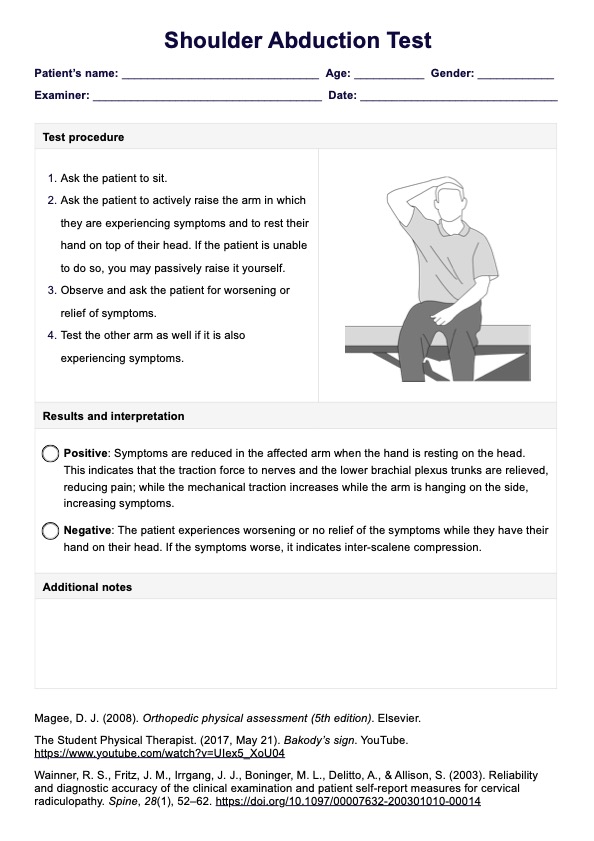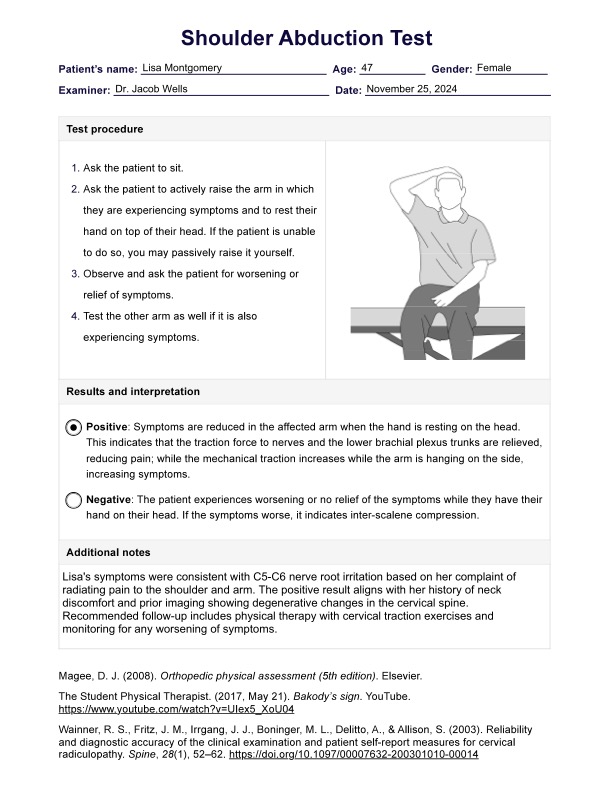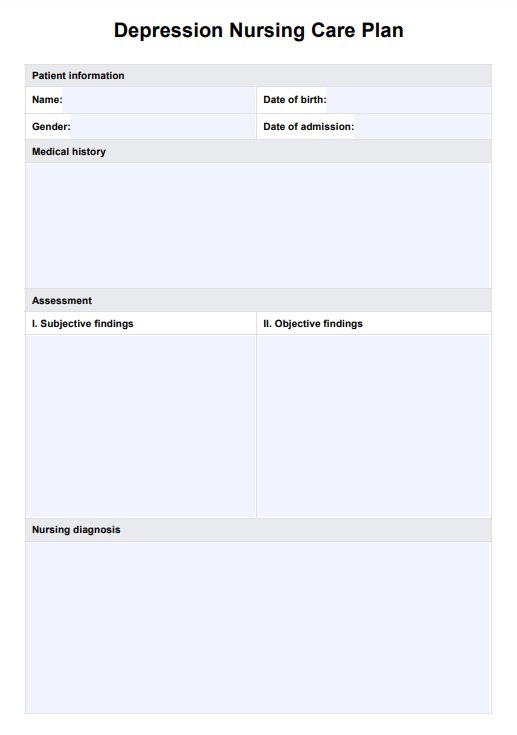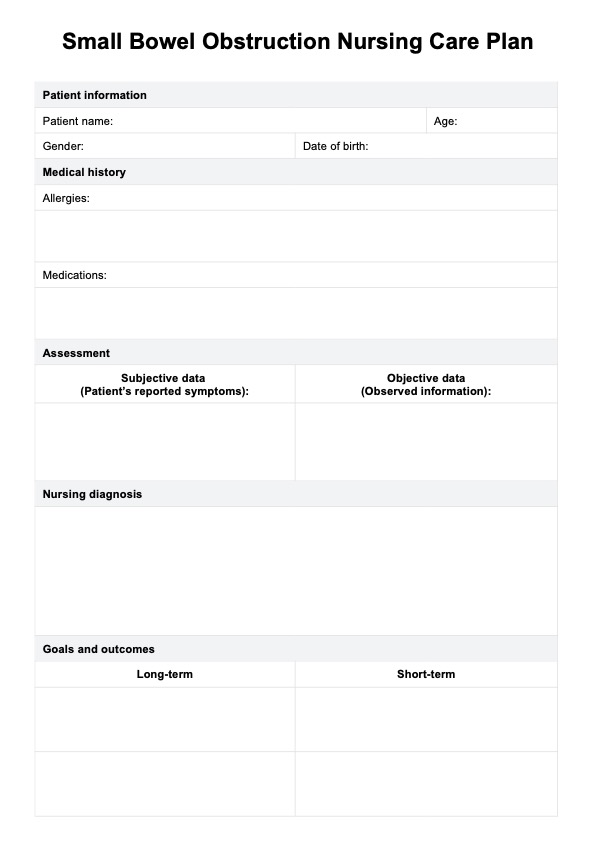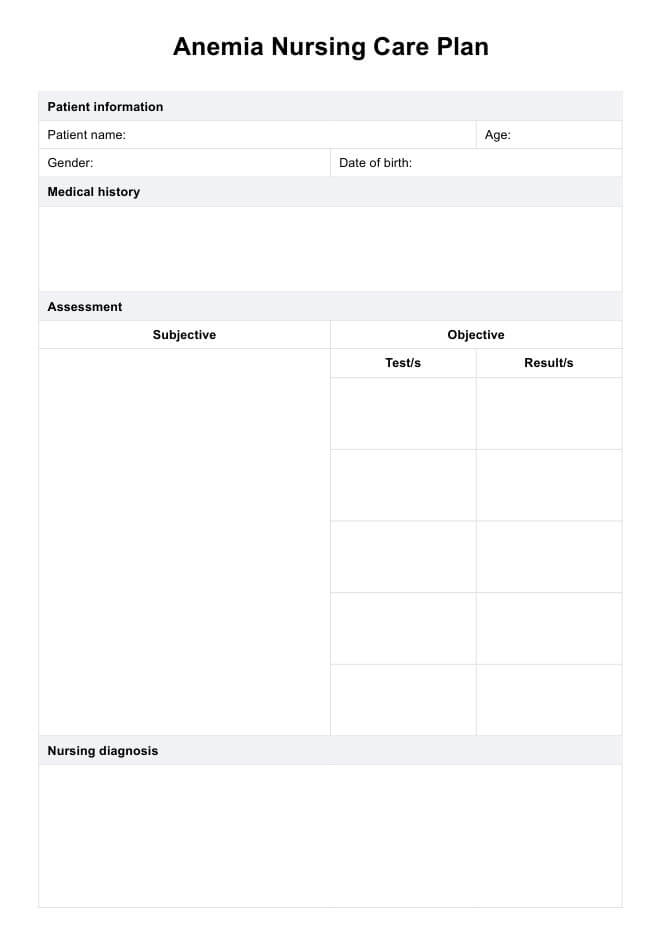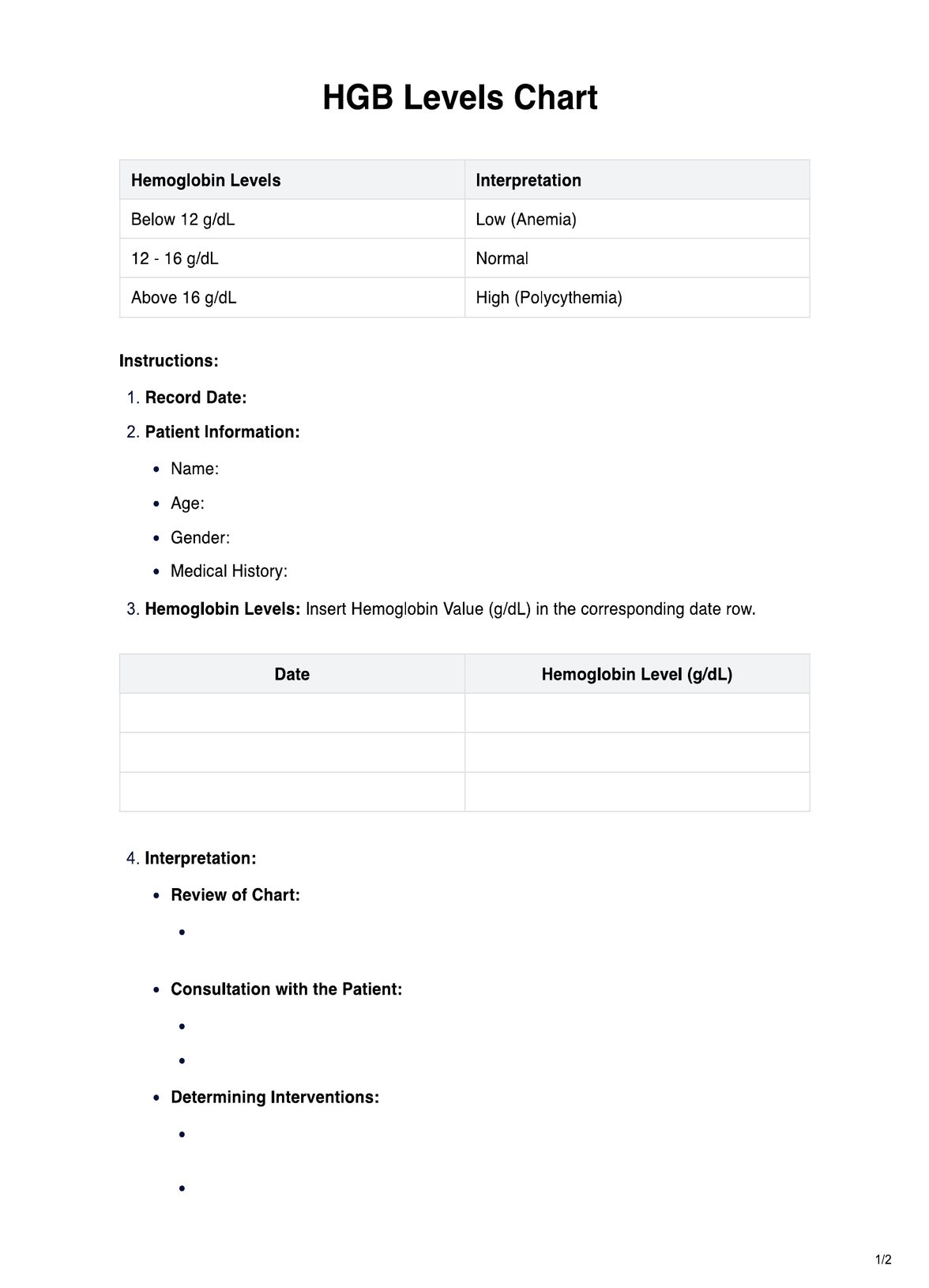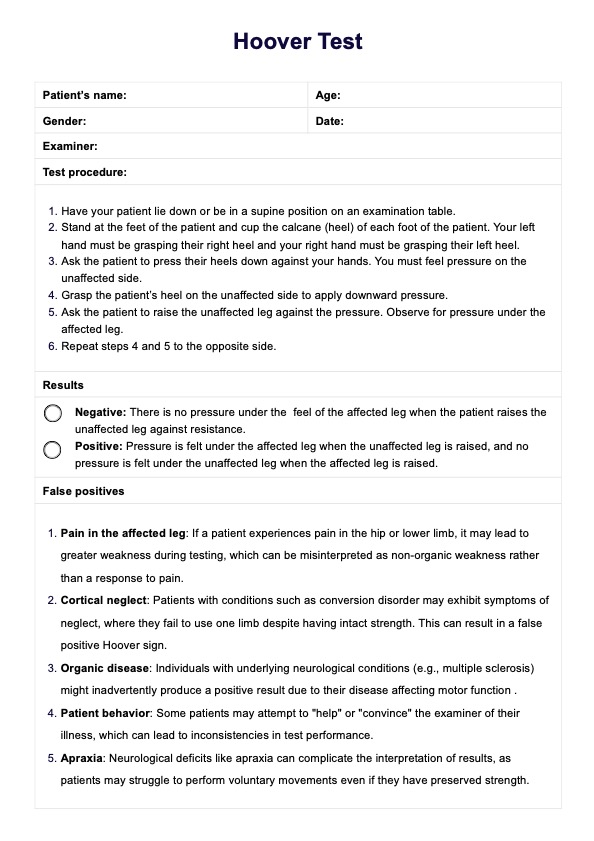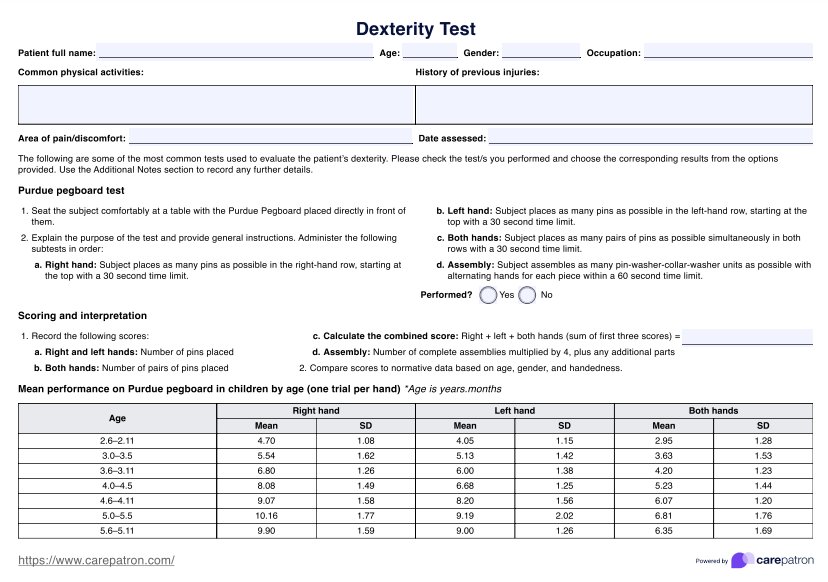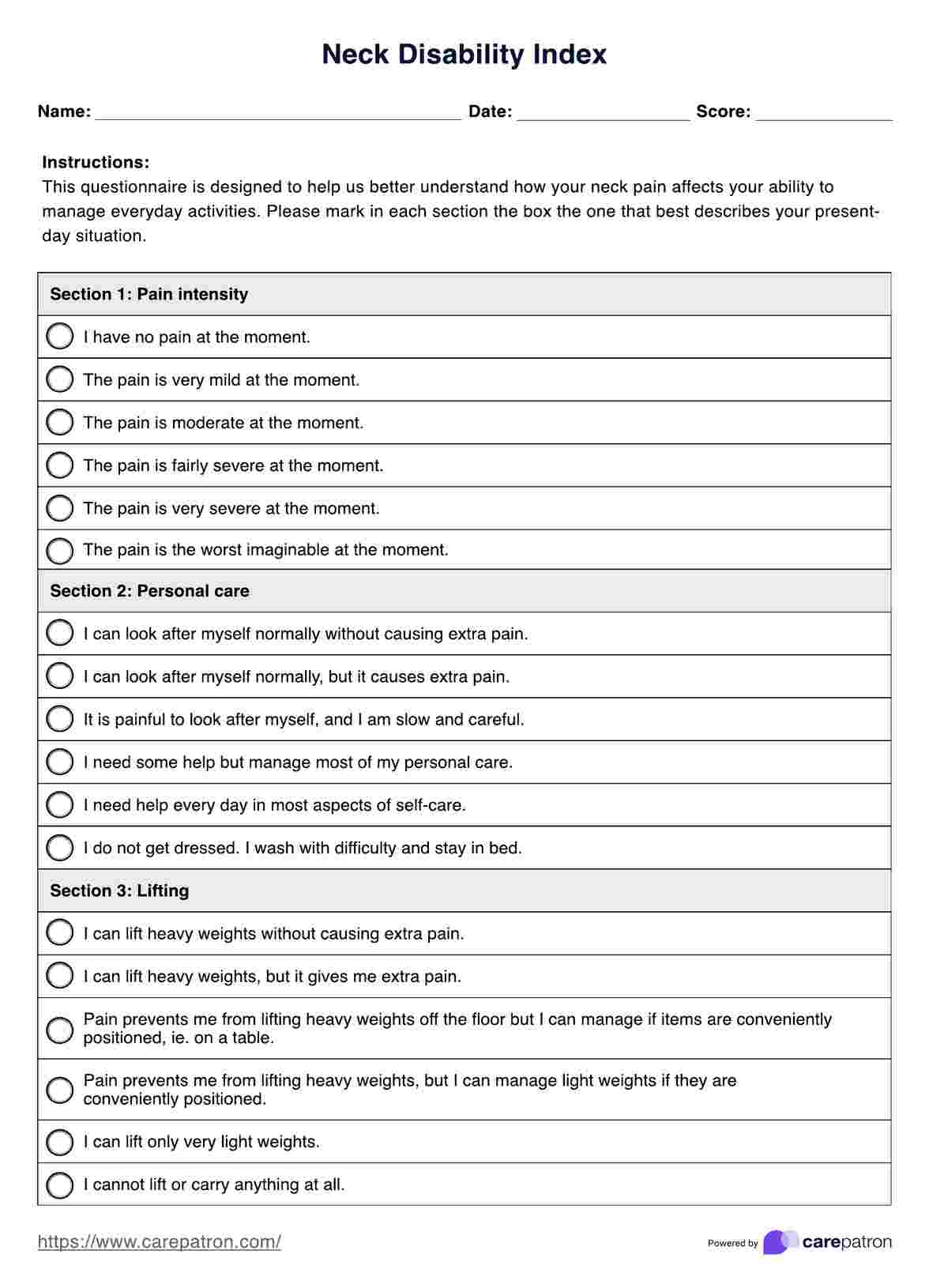Shoulder Abduction Test
Learn more about performing the Shoulder Abduction Test here, to see if your patient's shoulder pain involves their cervical nerves. Try our template today.


What is the Shoulder Abduction Test?
The Shoulder Abduction Test, also called Bakody's test or the shoulder abduction relief test, is a simple yet effective orthopedic physical assessment designed to evaluate radicular pain and symptoms related to cervical nerve impingement. This test focuses on determining whether a patient’s upper extremity symptoms, such as pain, muscle weakness, or numbness, may be linked to irritation or compression of a nerve root in the cervical spine or brachial plexus.
Often used to identify cervical radiculopathy, this test specifically assesses the nerve pathways influencing the upper limb. It is particularly useful in diagnosing conditions such as cervical disc disease, radicular symptoms caused by nerve compression, and certain forms of neck pain. The test involves the patient placing their affected arm in a specific position to relieve pressure on the nerve root, which may temporarily alleviate symptoms.
Healthcare professionals, such as orthopedic specialists, physical therapists, and neurologists, commonly use the Shoulder Abduction Test. It is best suited for patients presenting with persistent neck pain, radicular pain, or upper limb weakness. This test is most effective when the patient has rested well, avoiding strenuous activities or medications that may mask symptoms, ensuring accurate results.
Shoulder Abduction Test Template
Shoulder Abduction Test Example
How to use our Shoulder Abduction Test template?
Our free Shoulder Abduction Test template is designed to streamline your assessment process with step-by-step procedures, fields for recording patient details and results, and a visual guide for administering the test. Here’s how healthcare professionals can make the most of this resource:
Step 1: Access the template
Start by downloading the template. Click the “Use template” button to open it in the Carepatron web app, where you can customize it, fill it out digitally, share it, or print it. Alternatively, click “Download” to save a fillable and printable PDF version directly to your device.
Step 2: Administer the test
Begin by seating the patient comfortably or having them stand if preferred. Guide them through the simple test for cervical nerve involvement:
- Ask the patient to actively raise their affected arm and place their hand on their head (if they cannot, you may assist in raising it).
- Ensure the patient maintains this position while you observe for relief or worsening of symptoms.
- Repeat the test on the other arm if necessary.
Step 3: Record findings
Document the patient’s name, relevant details, and test findings on the template. Note any changes in symptoms as the patient places their hand on their head, including relief or worsening, and any observations you may have.
Step 4: Discuss results with the patient
Explain the findings to the patient or their caregiver. If the test is positive, educate the patient about possible conditions such as cervical radiculopathy and recommend further diagnostic tests. If the test is negative, but symptoms persist, discuss the need for additional evaluations or tests to pinpoint the issue; after all, if the symptoms worsen while doing the test, it may indicate inter-scalene compression.
How to interpret the findings of the Shoulder Abduction Test
The Shoulder Abduction Test provides insights into whether cervical nerve root irritation or compression is contributing to a patient’s symptoms. Here's how to interpret the results:
- Positive test: If the patient experiences relief of radicular pain while the hand rests on their head, it indicates a positive Shoulder Abduction Test (also known as positive Bakody's sign). This suggests that traction on the affected nerves and lower brachial plexus trunks is reduced, alleviating symptoms. Follow-up diagnostic tests should confirm the specific cause, such as cervical radiculopathy.
- Negative test: If the patient reports no relief or worsening of symptoms while performing the test, it indicates a negative result. Persistent symptoms without relief may suggest conditions like inter scalene compression or other cervical spine pathologies that require further evaluation.
- Symptom worsening: As mentioned earlier, if symptoms worsen during the test, it highlights a different potential issue, such as increased nerve or vascular compression, and warrants further assessment through imaging or complementary physical tests.
Interpreting the test results accurately is critical for determining the next steps in diagnosis and treatment. Always consider the test findings alongside the patient’s full clinical presentation.
What are the benefits of the Shoulder Abduction Test?
The Shoulder Abduction Test is a valuable physical examination tool that offers multiple advantages for healthcare professionals. Here are its key benefits:
- Non-invasive and safe: The test is simple, safe, and non-invasive. It requires no special equipment and is easy for healthcare professionals to perform in virtually any clinical setting. Patients can perform the test without external assistance, minimizing discomfort.
- Cost-effective diagnostic tool: The test provides a quick and economical way to assess cervical nerve root compression or irritation. Its efficiency and simplicity make it accessible for routine evaluations without additional costs for specialized tools.
- Immediate results: The Shoulder Abduction Test delivers instant feedback, allowing healthcare professionals to quickly identify signs of cervical radiculopathy or other conditions. This enables timely decision-making for further diagnostic procedures or treatment plans.
- Guides further assessments and treatment: A positive test result helps guide healthcare professionals toward targeted diagnostic tests, such as imaging studies, to confirm conditions like cervical radiculopathy. A negative test result can redirect the focus to other potential issues affecting the cervical or brachial region.
- Useful for monitoring progress: The test can track a patient’s improvement during treatment or rehabilitation. Performing the test periodically allows clinicians to measure symptom changes, helping to evaluate the effectiveness of interventions and adjust care plans as needed.
By combining safety, cost-effectiveness, and diagnostic value, the Shoulder Abduction Test remains a reliable option for healthcare professionals when evaluating upper extremity symptoms.
Commonly asked questions
Shoulder abduction is the movement of the arm away from the body in the coronal plane, achieved by raising the arm laterally, such as when lifting it to the side or over the head. This movement involves the deltoid and supraspinatus muscles, which work to stabilize and elevate the shoulder joint.
A positive Bakody's sign, the result of a positive Shoulder Abduction Test, occurs when the patient experiences relief from radicular pain while their hand is resting on the head. This result indicates reduced traction on the cervical nerve roots or brachial plexus, which alleviates symptoms.
To test shoulder adduction, instruct the patient to move their arm back toward their body’s midline after abduction. Resistance can be applied to evaluate strength and stability. This movement primarily involves the pectoralis major, latissimus dorsi, and teres major muscles, and it assesses functional integrity of the shoulder joint and surrounding musculature.


